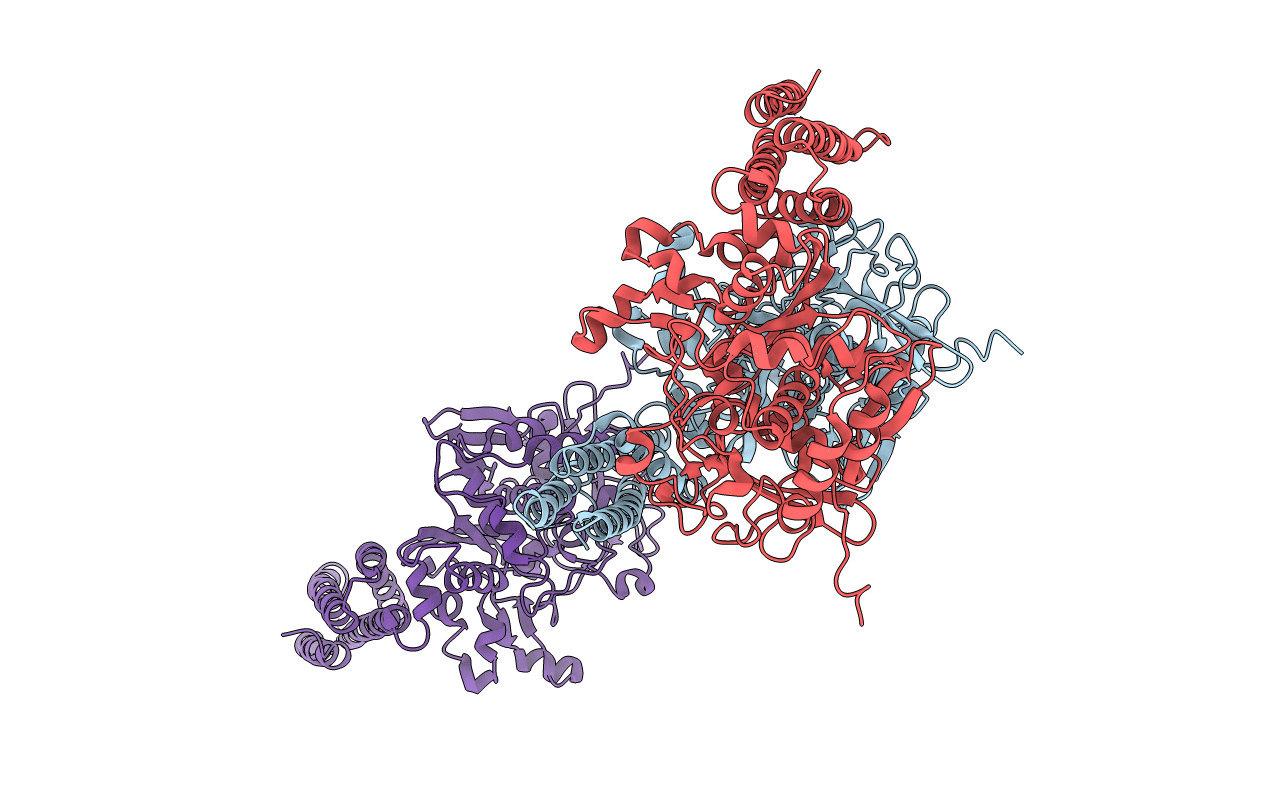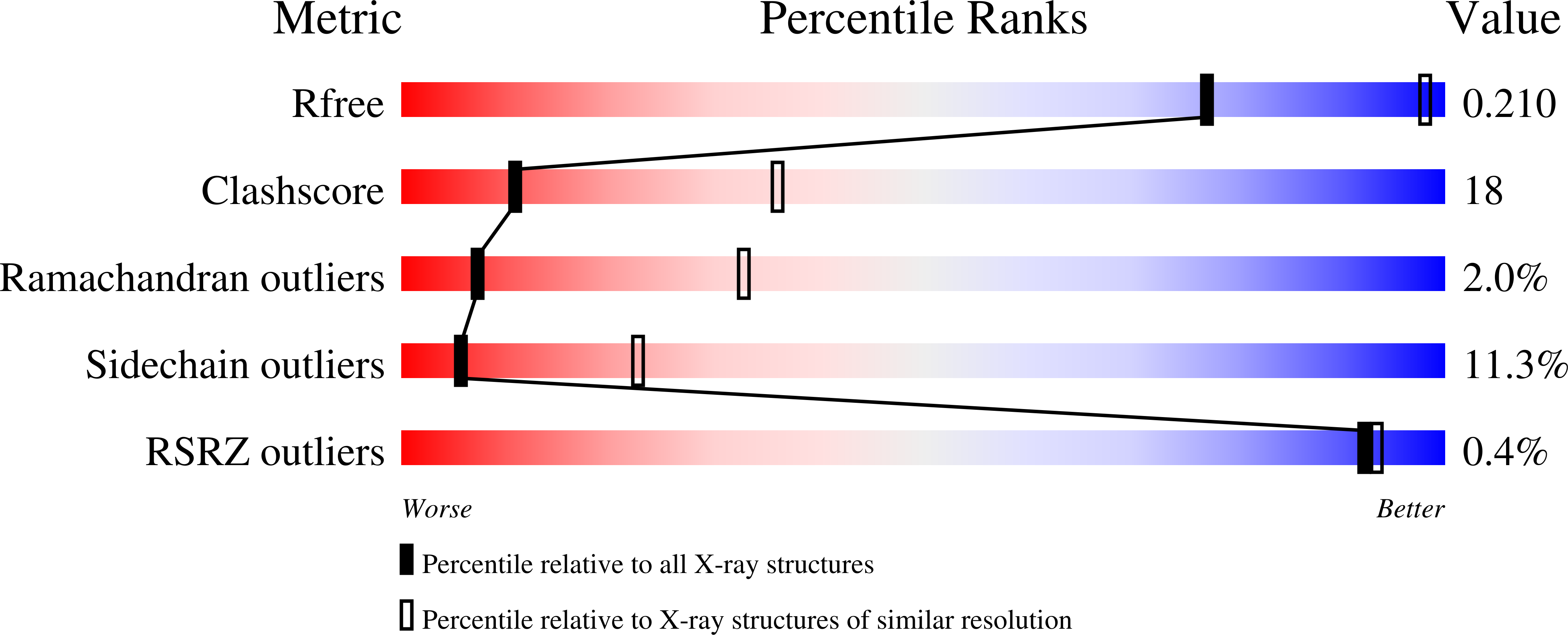
Deposition Date
2014-06-02
Release Date
2015-01-14
Last Version Date
2023-11-08
Entry Detail
Biological Source:
Source Organism:
Thermobifida fusca (Taxon ID: 269800)
Host Organism:
Method Details:
Experimental Method:
Resolution:
3.31 Å
R-Value Free:
0.20
R-Value Work:
0.15
R-Value Observed:
0.15
Space Group:
C 1 2 1


